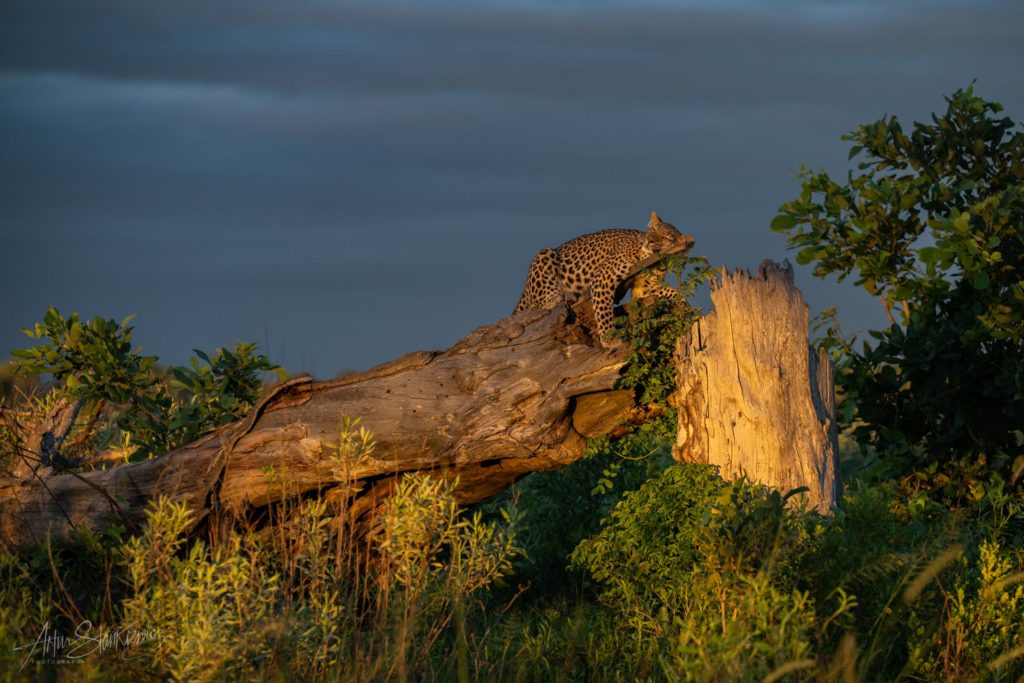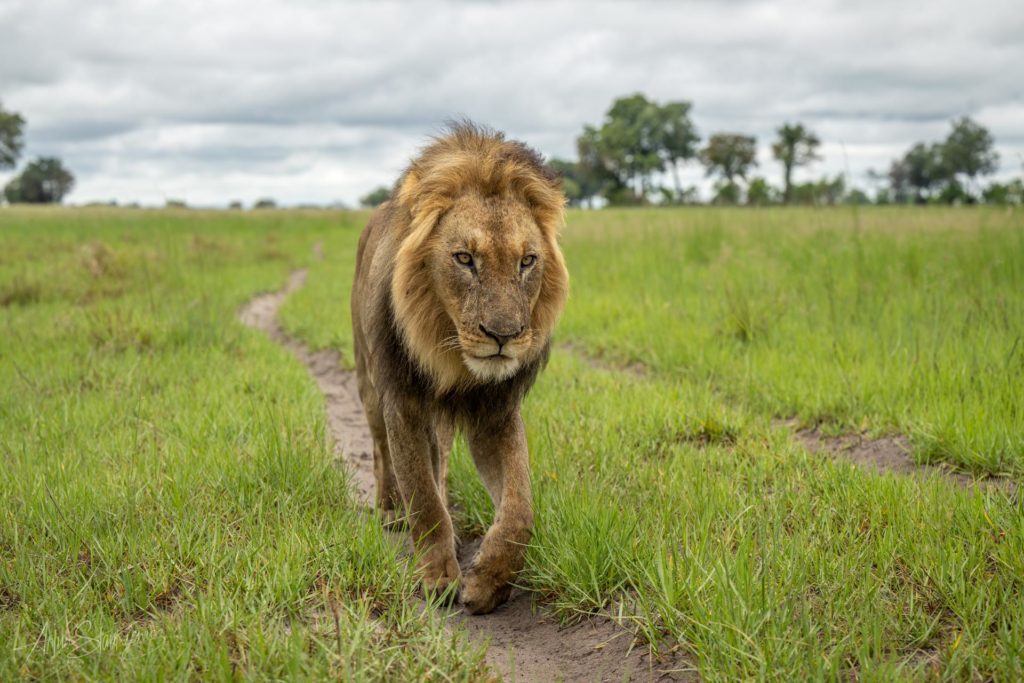
I happened to be one of the first lucky owners of the Nikon Z9 in Poland. It was a great gift under the Christmas tree, despite arrival on the 27th Dec 2021, thanks to superb support of the shop called Fotopoker. It arrived in time for the planned trip to Okavango on the 6th Jan 2022.
How would I describe the Z9 in a few words – superb construction, perfectly fitting in my hands, great ergonomics, fast, very fast, silent with unbelievable AF. Additional coverage on some key, for me, attributes of this amazing mirrorless camera you can find below.
There is ample media coverage and countless reviews of Z9 on the internet, therefore I will only concentrate on the few top, for me, aspects. I will add that I have shot some 4000 photos with Z9 in Botswana using two lenses – Nikkor 180-400 mm f4 TC1.4 via FTZ (yes, the older version) and the native 70-200 mm f2.8S.

Let’s begin with a topic connected to ‘fast’ – buffer and burst. I need to remind everyone that this topic is connected to couple important aspects: ability of the camera itself, size of the files and speed of the cards. Firstly, I will mention that majority of cards have no issues catching up with writing JPEG files shot on Z9. However, situation is different with the RAW files. Z9 has three different compressions options – Lossless compressed (60-70 Mb), High* – (30-40 Mb) i High (~ 20 Mb). Personally, I can’t see any obvious deterioration of the quality between Lossless and High*, therefore people who don’t need super large-format prints may seriously safe on the memory and speed. The fastest cards I have tested available on the market are CFExpress B Delkin Black 128GB, ProGrade Cobalt 325GB and the Angelbird SX 160BG which all performed similarly: ca. 80 shots Lossless at 20 fps before slowdown and ~500 shooting High*. The number of files increases substantially to >1500 shooting at 15 fps or to infinity when using High*. Those speeds of course aren’t required by all, however, in wildlife photography (or sports) its critical to catch hunting or animal fighting scenes. Anyone who is shooting with Z9 should keep the type and speed of cards in mind to avoid future disappointment.

AF on Z9 is not ideal, but, it’s the best among all Nikon cameras made to date and possibly overall on the current market. It came to the point that moving between Z9 and Z6II during same photo sessions during the recent trip I was frustrated with AF performance of the latter. I have primarily used 3D with auto detection on Z9 during the entire trip. In situation where I had visible eye of the animal or bird, Z9 immediately locked itself and kept the lock until the ‘disappearance of the eye’, at which point the focus switched to the head or closest body parts. One needs to remember that using such approach we have to set aperture appropriately to the desired depth of field. For wildlife photographer like myself, who have used single focus, d9 or Gr settings most of the time, no need to toggle the points around the viewfinder is a very welcomed improvement! Note, that in some situations such as rain or very strong direct light, 3D AF on Z9 may start ‘wondering’ and ‘searching’, thus return back to d9 or single point may be required.
Everyone wandering how the F-lenses work with Z9 via FTZ I can say – without any problems. I have shot some 2500 photos in Botswana using my fav zoom Nikkor 180-400 mm f4 TC1.4 connected via FTZ (the first model). I can say that I haven’t seen any noticeable difference in the speed of AF between this lens on D5 vs Z9.

- The blockout free shooting is just amazing, regardless of the use of EVF or LCD (the latter on D850 was simply nightmare). I simply love the ability to see/control the scene I am photographing all the time.
- Next welcomed by me innovation was the ability to control quietness of the Z9 – I personally don’t cry after the mechanical shooter.
- Tilteable in all directions LCD – finally available on a pro body! I have used that feature extensively and have to say that the Z9 proved itself 100% in daily usage. We can finally say ‘bye bye’ to right angle viewfinders, and one doesn’t need to lay-down for the low angle shots. Absolutely superb for any wildlife photographer!

The last chapter I will focus on the ‘elephant in the room’, the noise generated by Z9 in challenging light conditions. Remembering that the ISO is dependent on many aspects, I can admit that quality of files from Z9 was as good as those generated under similar conditions by D850, and in some cases I felt much better. I have taken shots with higher ISO where subjects were small in the surroundings but also took some portraits. Based on around 4000 clicks, I can attest that majority of files up to ISO3200 are absolutely acceptable for large scale prints without any serious denoise software, while many situations up to ISO6400 were quite nice after use of denoise. I have got some very acceptable portraits at ISO9000-12800, which basically I never got using D850 (which was a great camera in itself)
At this moment my ‘photo bag’ consists of Z9, Z6II and several S lenses (14-30/4S, 24-120/4S, 70-200/2.8S, 85/1.8S) that allows me to tackle close and mid range situations. I am still keeping my low light work-horse Nikon D5 and the ‘safari zoom’ Nikkor 180-400/4 TC1.4. However, I believe with the release of 400/2.8S TC1.4 and improvements on the low light capabilities, that inevitably will come in the next 1-2 years, days of DSLR are numbered.


Mark at 01:43, 6 September 2022 -
Thanks for your blog, nice to read. Do not stop.